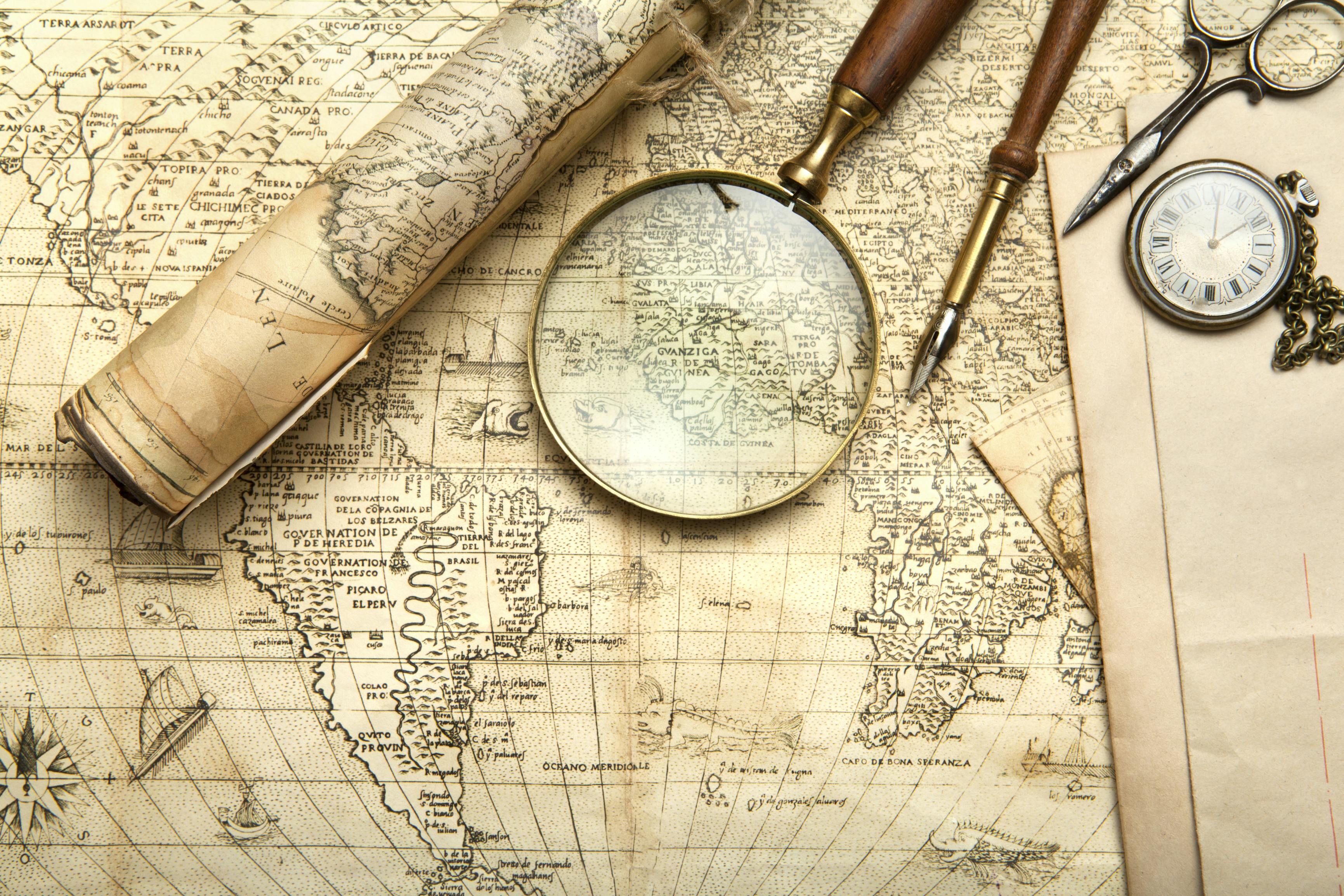Astrologers use the planet’s movements and positions as a lens through which to interpret human life. Those who practice astrology utilize planets, asteroids, and dwarf planets as vital agents. Their movements in relation to each other or zodiac signs have been studied and interpreted to gain insights into personality traits, life events, or even what may lie ahead. As our understanding and technology of astronomy develop, more objects in space continue to be discovered. This raises an intriguing question: how are new discoveries integrated into long-established practices of astrology?
This article intends to trace how newly found solar bodies were adopted into astrology practice. It also sheds light on when current celestial bodies have been accepted and how future ones are being added or adopted.
Exploration of Astrology’s Roots
Astrology began as an approach that explored universal bodies visible to the naked eye, such as the Sun and Moon, Mercury, Venus, Mars, Jupiter, and Saturn. Each planet is associated with one or more gods or goddesses from ancient mythology representing different aspects of life that might influence behavior or events on Earth.
Astrology was formed around celestial bodies from the start. Ancient astrologers recognized how celestial bodies affected natural phenomena: day/night cycles, tides, and seasons controlled by Sun/Moon duality and movements by planets across the sky, thus creating the basis of astrology.
Each solar body became part of studies and practices related to them according to apparent behavior or mythological associations (i.e., Mars was associated with war, whereas Venus, being connected to the love goddess, became seen as responsible for affection/harmony).
The Discovery of Uranus, Neptune, and Pluto
Sir William Herschel’s 1781 discovery of Uranus marked an extraordinary advance in astrology. For the first time, an invisible to the naked eye planet was added to an astrological chart. Uranus brought themes associated with innovation, rebellion, and individuality that resonated with the revolutionary spirits prevalent at that time.
Neptune was discovered through mathematical predictions in 1846. Neptune slowly made its presence felt in astrology over time as its subtle influences became known by astrologers observing it. Its name references the Roman god Neptune of the sea while its influence manifests through dreams, intuition, and spiritual enlightenment but also illusion and confusion.
Pluto was first discovered by Clyde Tombaugh in 1930 and quickly integrated into astrological practices after it became associated with the Roman god Pluto, representing transformation, power, rebirth, and subconscious. However, Pluto has since been classified by IAU as a dwarf planet.
Asteroids
Asteroids’ incorporation into astrology occurred during the latter half of the 20th century, most significantly with Ceres, Pallas, Juno, and Vesta being discovered between 1801-1807.
Their inclusion was spurred on by advances in astronomy that made finding and
Tracking these smaller bodies possible.
Each asteroid symbolizes various aspects of feminine energy. Ceres, named for the Roman goddess of agriculture, represents nurturing, motherhood, and relationships to food and the environment. Pallas Athena represents wisdom, intellect, creativity, and strategic planning.
Juno, taking its cue from Roman goddess Juno of marriage and childbirth, symbolizes committed relationships, marriage and social power. Vesta represents domesticity, self-integrity, and the sacredness of home living.
Asteroids can add depth and distinction to an astrological chart, especially regarding gender roles and feminine identities.
Astrology’s Latest Additions
Chiron was discovered in 1977 as a minor planet and comet. Although relatively small and with an elliptical orbit, its influence in astrology is significant. Named for an Ancient Greek centaur who could heal others yet couldn’t heal his own wound, Chiron represents our deepest wounds and attempts at healing them.
His inclusion has allowed astrologers to explore themes related to healing, transformation, and personal traumas more profoundly than before.
Eris was recognized as a dwarf planet in 2005. It represents the confrontations necessary to change and alter the status quo through challenges that prompt transformation or upheaval.
As astronomical technology evolves, discoveries of new universal bodies present astrologers with opportunities to adapt and broaden their practices. Bodies such as Sedna, Quaoar, and Haumea have already made headlines with their discovery.
Further discussions surrounding each have begun by astrologers as each may enrich astrological practices further. Assessing their relevance will require time, observation, and an accurate evaluation process.
Incorporation of Discoveries into Astrology
Incorporating a newly discovered solar body into astrology is not an instantaneous process but requires careful evaluation and consensus within the astrological community. Here are the key steps in this process:
Observation Period: Upon the discovery of a new celestial body, astrologers observe its
movement against the backdrop of the zodiac over an extended period. This observation helps determine the body’s orbit and how it interacts with other celestial bodies.
Analysis of the Body’s Mythology: Astrologers consider the mythological symbolism associated with the name of the celestial body. The myths provide a framework for understanding the potential themes and influence the body might have.
Study of Its Impact in Natal Charts: Simultaneously, astrologers also study its placement in various natal charts, particularly those of people who personify the body’s mythological characteristics, to observe any patterns or significant correlations.
The integration of new discoveries into astrology is often a contentious topic. Some astrologers argue for a more conservative approach, preferring to stick with traditional planets and bodies, believing them sufficient for astrological interpretations. Others advocate for expansion, viewing the inclusion of new celestial bodies as an evolution of astrological practice, adding depth to chart interpretations.
Impact of New Discoveries on Astrological Practices
New integrations into astrology enriches and deepens existing practices, adding layers of complexity. Each new celestial discovery brings with it unique influences and associations which add another level to readings. Inclusion can bring previously under-explored or underrepresented themes into focus.
The post How Do New Solar System Discoveries Impact Astrology? appeared first on askAstrology.










